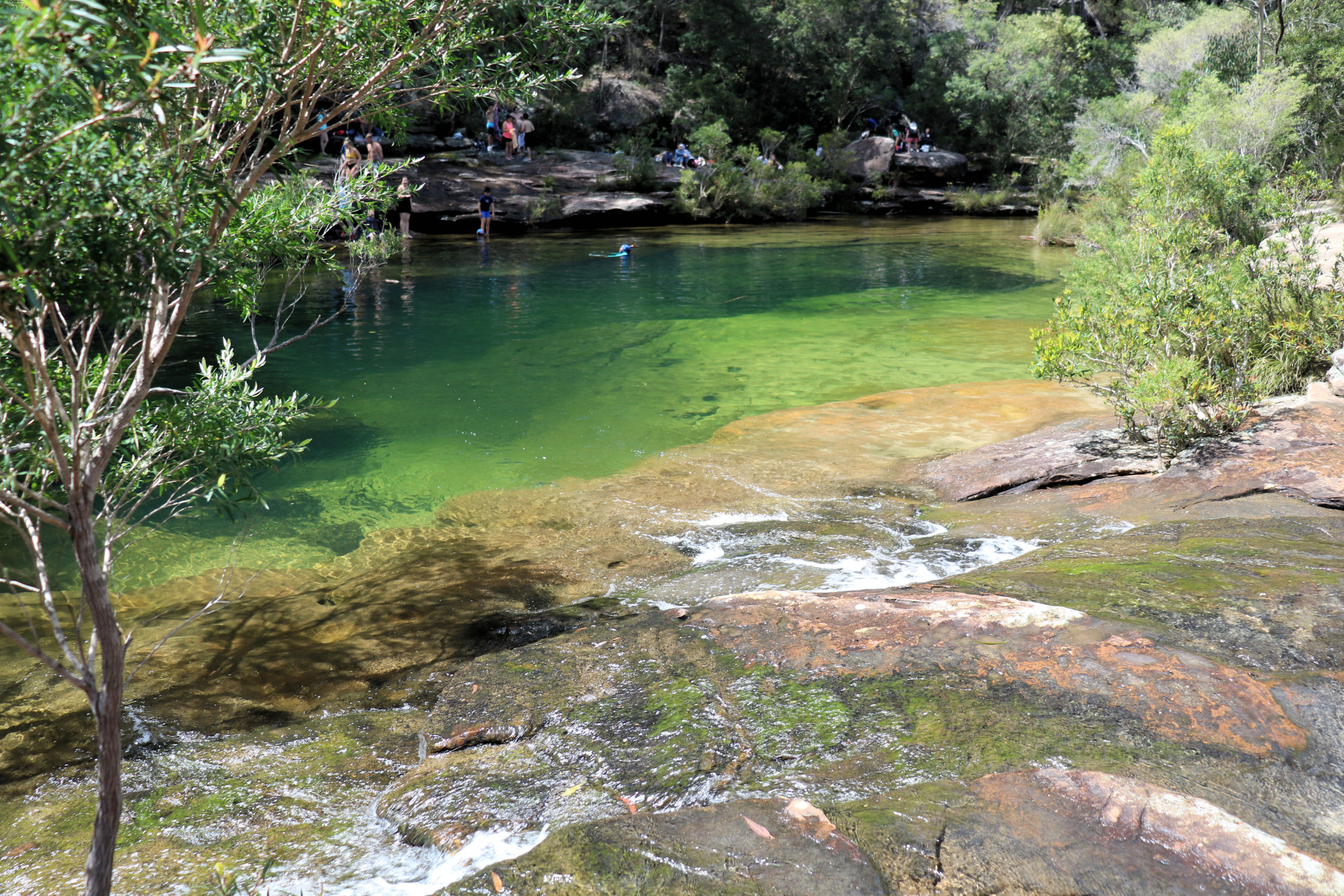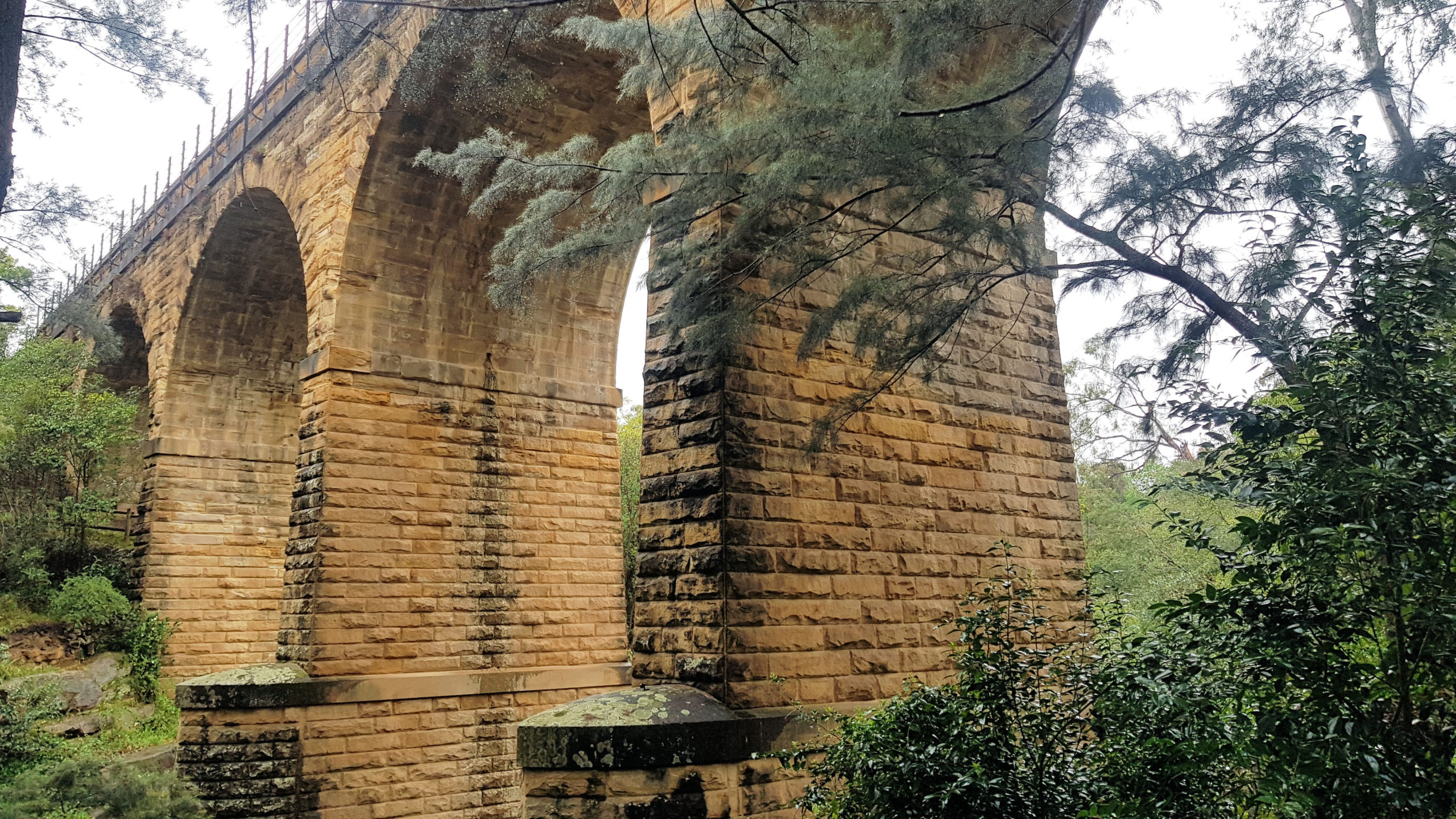Category: Australia
-
Karloo Pools Track Royal National Park

Karloo Pools Track Getting There Heathcote railway station is a great place to start the Karloo Pools Track, having ample car parking, or providing easy access from Sydney’s rail network. We chose to use the train from Central Station, which was a quick and convenient trip taking just under an hour. From the train station,… Read more
-
Picton New South Wales

Picton New South Wales Stopping at Picton on our way south to Jarvis Bay, we spent some time looking around town to break the driving and get a coffee. Picton’s Main Street contains several old and historic buildings which we stopped to take photos. There was also a variety of cafes and restaurants to choose… Read more
-
Newcastle Street Art

There are several places to find street art in Newcastle, although it is not as widespread as in other cities. In the city centre there is a collection in Morgan and Newcomen streets. Civic Lane near the old Civic Railway Station also has some interesting art works on the backs of some buildings. Further afield,… Read more